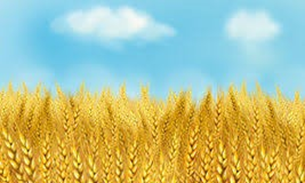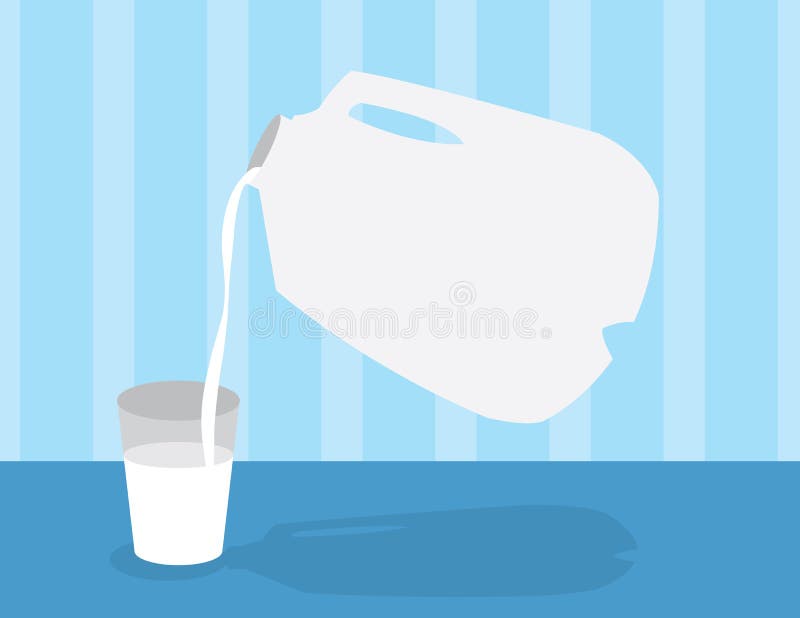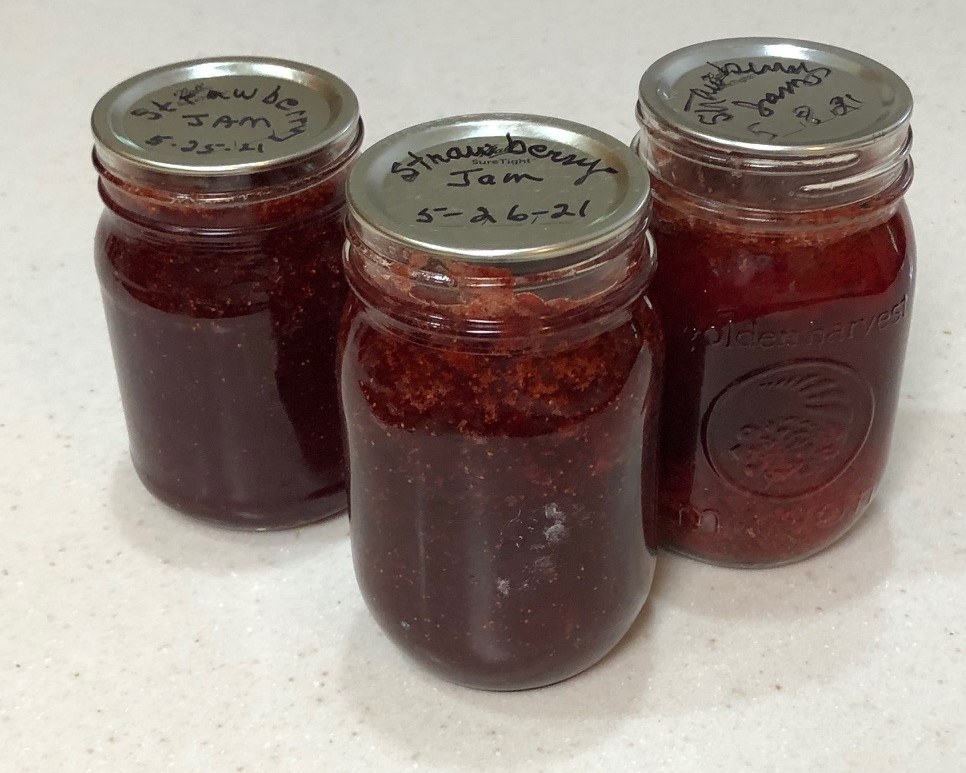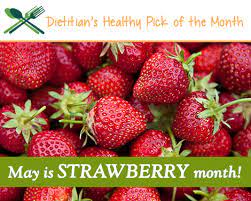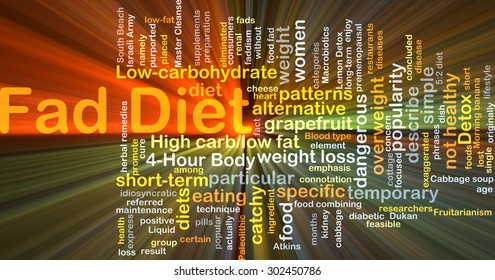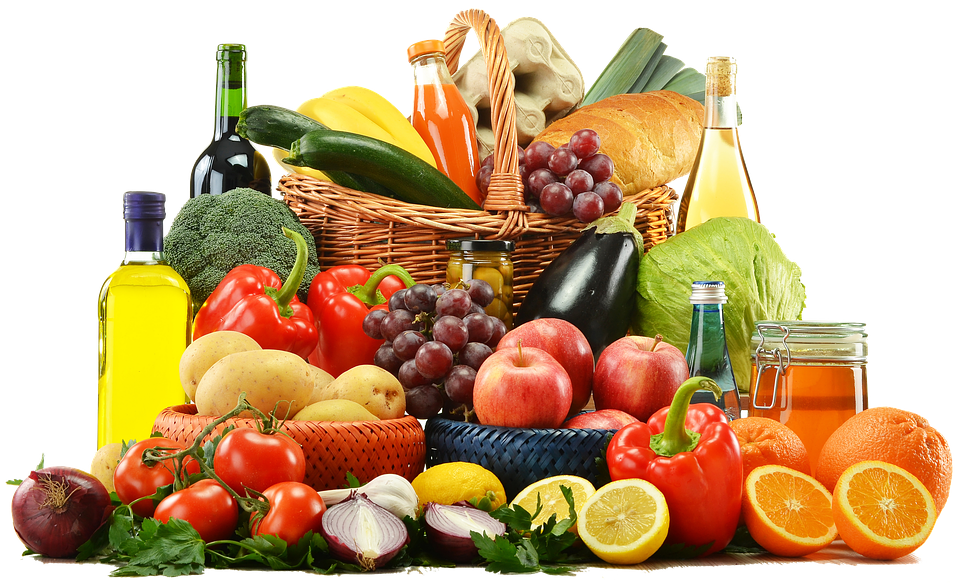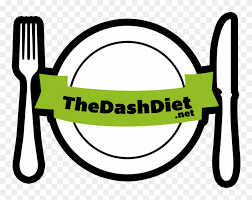A reader of my last blog about the ranking of the Mediterranean diet asked, “What are the foods in those recommended categories?” I understand her plight. Even as a dietitian, in the early years of the diet, I wondered the same thing.
Most of us know how important fruits and vegetables are for a healthy diet, but does that include all? Are some more nutritious? Varied fruits and vegetables supply different nutrients; therefore, variety is important. Nutritionists tout the abundance of vitamin A and other nutrients in deep green and dark yellow vegetables. In recent years, research has substantiated additional healthful values of those vegetables, especially kale. Kale, a cruciferous vegetable along with cauliflower, Brussel sprouts, broccoli, cabbage, collard greens, and other vegetables, is high in fiber, carotenoids, and manganese, plus the vitamins A, B6, C, K, and folate. Also, it is low in calories. A Mayo clinic blog post refers to kale as a nutrition superstar. These cruciferous vegetables help support the immune system, regulate blood pressure, and may help reduce risks of several cancers.
While fruits provide needed fiber and healthy sugars, berries—especially blueberries— stand out as nutritional heavyweights. Additional fruits suggested for the Mediterranean diet include apples and similar fruits, cherries, dates, figs, grapes, melons, oranges and varied citrus, and most other fruits.

Nuts (especially walnuts, almonds, and hazelnuts), beans, legumes, and sesame seeds rank high on this diet because of their protein and fiber source plus a supply of healthy fats. Although we use herbs and spices in limited quantities, they too, contribute to a traditional Mediterranean diet. More recognizable ones include basil, bay leaf, chiles, cloves, cumin, garlic, marjoram, mint, oregano, parsley, pepper, rosemary, sage, tarragon, and thyme.
In addition to plant sources, the Mediterranean diet recommends fish and shellfish as top protein choices. Tuna, herring, sardines, salmon, and bream are rich sources of omega-3 fatty acids. Other good selections for seafood include clams, crab, lobster, oysters, shrimp, mackerel, flounder, and tilapia. While southerners in the US like their seafood fried, this isn’t the case in Mediterranean countries, and it is not recommended for a healthy diet. Poultry with the skin removed doesn’t rival seafood, but it is also a good choice when served baked, broiled, or grilled. It’s wise to limit red meats, but if added to your menu, select leaner cuts with fat trimmed away.
The Mediterranean diet suggests choosing whole grain foods such as breads, pasta, and brown rice in place of refined ones. The diet recommends low-fat dairy products. Lower-fat cheeses include Swiss, low-fat cottage cheese, part-skim ricotta, part-skim Mozzarella, reduced-fat muenster, reduced-fat provolone, and reduced-fat Mexican blend.
And of course, olive oil is at the top of the Mediterranean diet list. Use it in place of other fats or as an addition to such dishes as salads. Selecting foods from these choices has proven healthful in improving memory and brain function, reducing risk for diabetes, high cholesterol, dementia, depression, and breast cancer. The Mediterranean diet has also been linked to stronger bones, a healthier heart, and longevity.
Consider altering your diet today to increase possibilities of living longer while remaining healthy and active.

